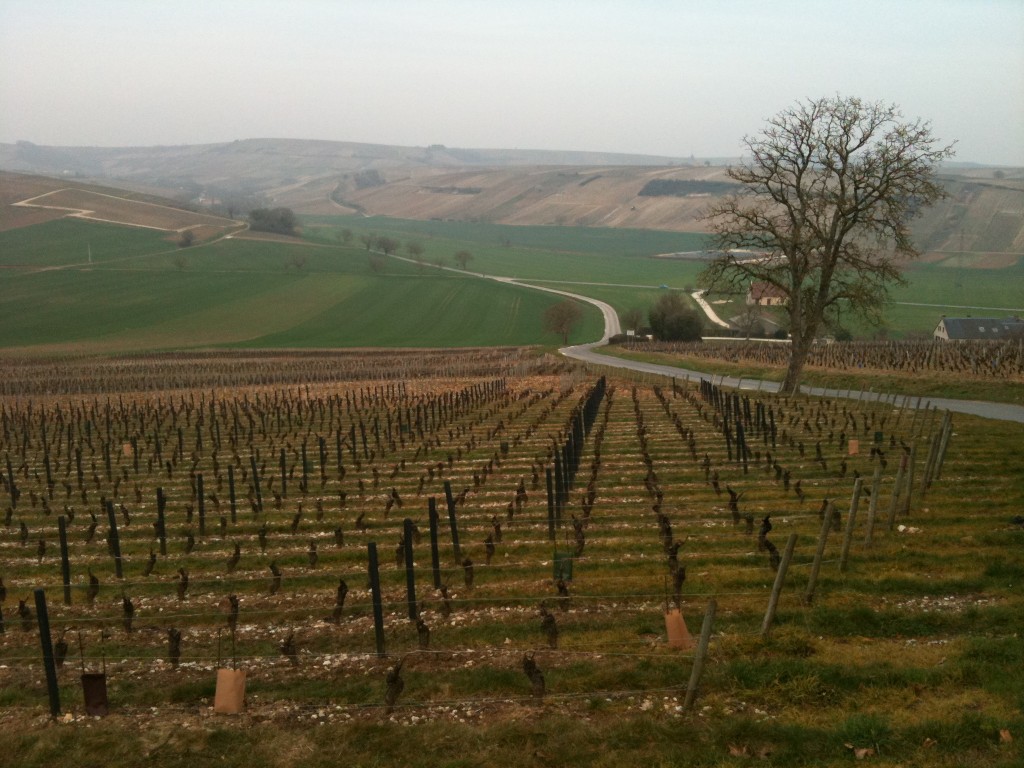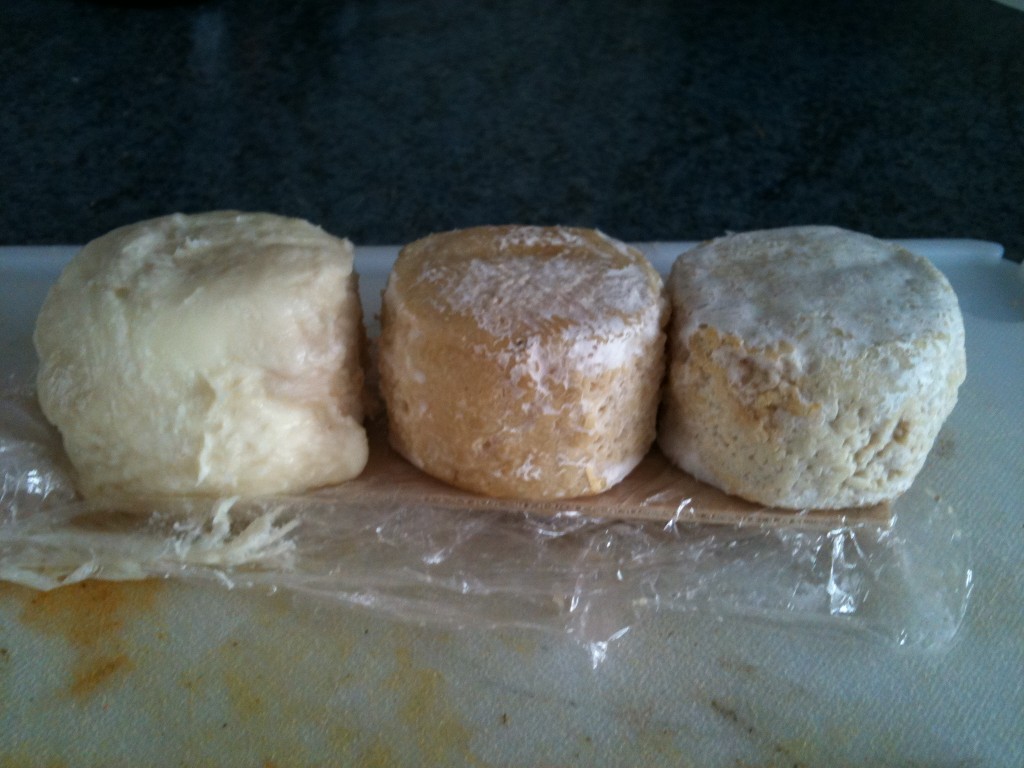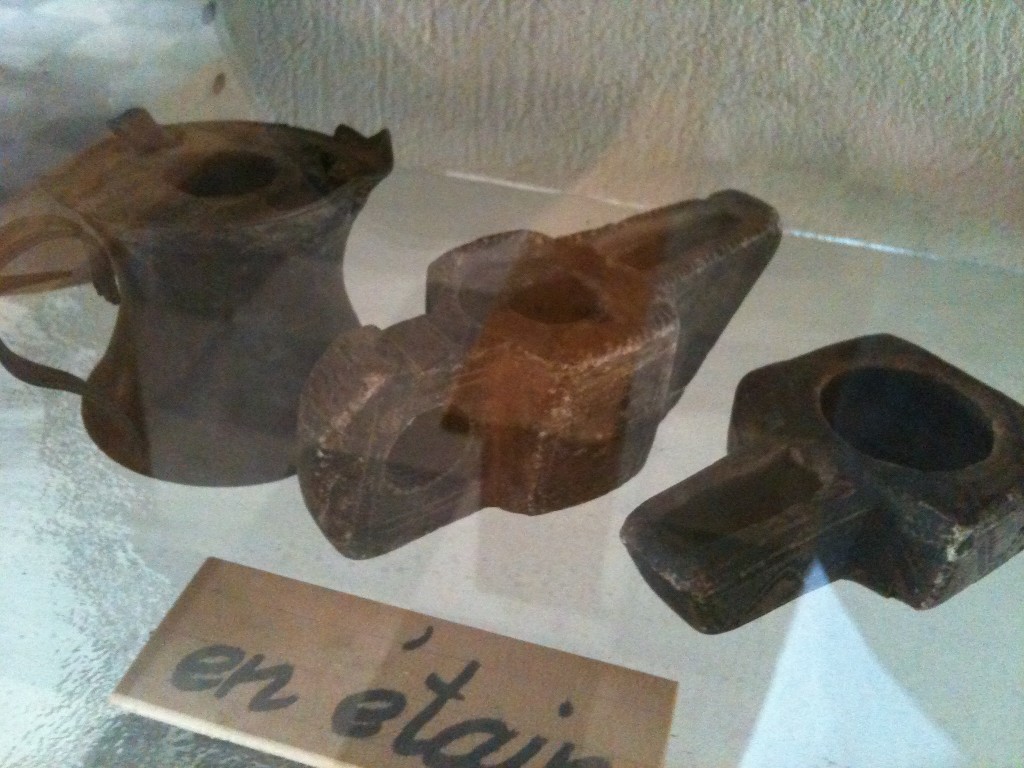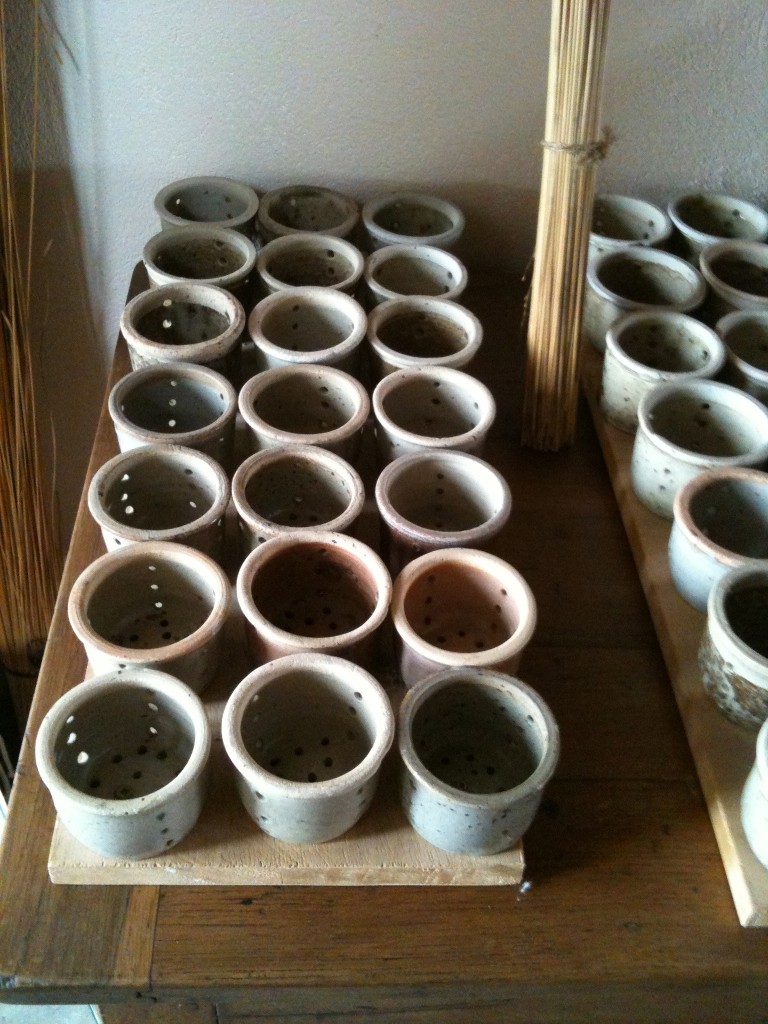Goat cheese by any other name…

Chavignol is nestled at the foot of the, wonderfully named, Hill of the Damned about 5km from Sancerre. The walk there is pretty enough, but as it is along the tiny, sole access road to the village there’s a bit too much traffic for it to be entirely carefree. It does, however, provide a great view of the Sauvignon blanc vineyards on the hard, flint sides of the Hill being worked.

Chavignol is a tiny village clustered around a small square. According to a plaque in the square, Henry V is reputed to have stopped to water his horses from the trough and declared that if everyone drank the fabulous wines from Sancerre there would be no more wars. The village is home to several Sancerre wineries, but is renowned for its goats cheese – the crottin de Chavignol.

I visited a little fromagerie near the centre of town to see them making the cheese. Much like the wine it’s got a mystique about it that is not matched by the modern production techniques used. Our behind-the-scenes tour of winemaking yesterday contrasted the caves filled with huge oak barrels with the modern bottling and boxing plant which pulls the wine from huge underground tanks. The cheese production seems a little less mechanical, but it’s no cottage industry.

The fromagerie had a little display of cheese-making history in the region, including a description of the etymology of the name which, sort of unsurprisingly, tries to present a different meaning than the literal translation of ‘dung’. The simple explanation for the name is that the little roundish balls of cheese resemble goats’ dung as they age. It is simple, but sort of intrinsically unappealing if you’re the sort of person who deals with goats’ dung on a daily basis. So the marketing spin is that the cheese is named after little lamps that used to be carried by the local monks. The argument is that the moulds used to shape the cheese resembled the lamps and led to the name. The problem with that argument is that the lamps simply don’t seem to resemble the cheese or the cheese moulds very much at all.
I’ll never know the truth, but the cheese is delicious. And, as I don’t deal with goats’ dung on even an infrequent basis, the earthier explanation doesn’t detract from my enjoyment at all.
I bought some cheese to take home for lunch and some pain de pays to eat in the town square. The cheesy, flaky pastry was the perfect thing to recharge my energy for the walk back to Sancerre and up the hill to home.
1 thought on “Goat cheese by any other name…”